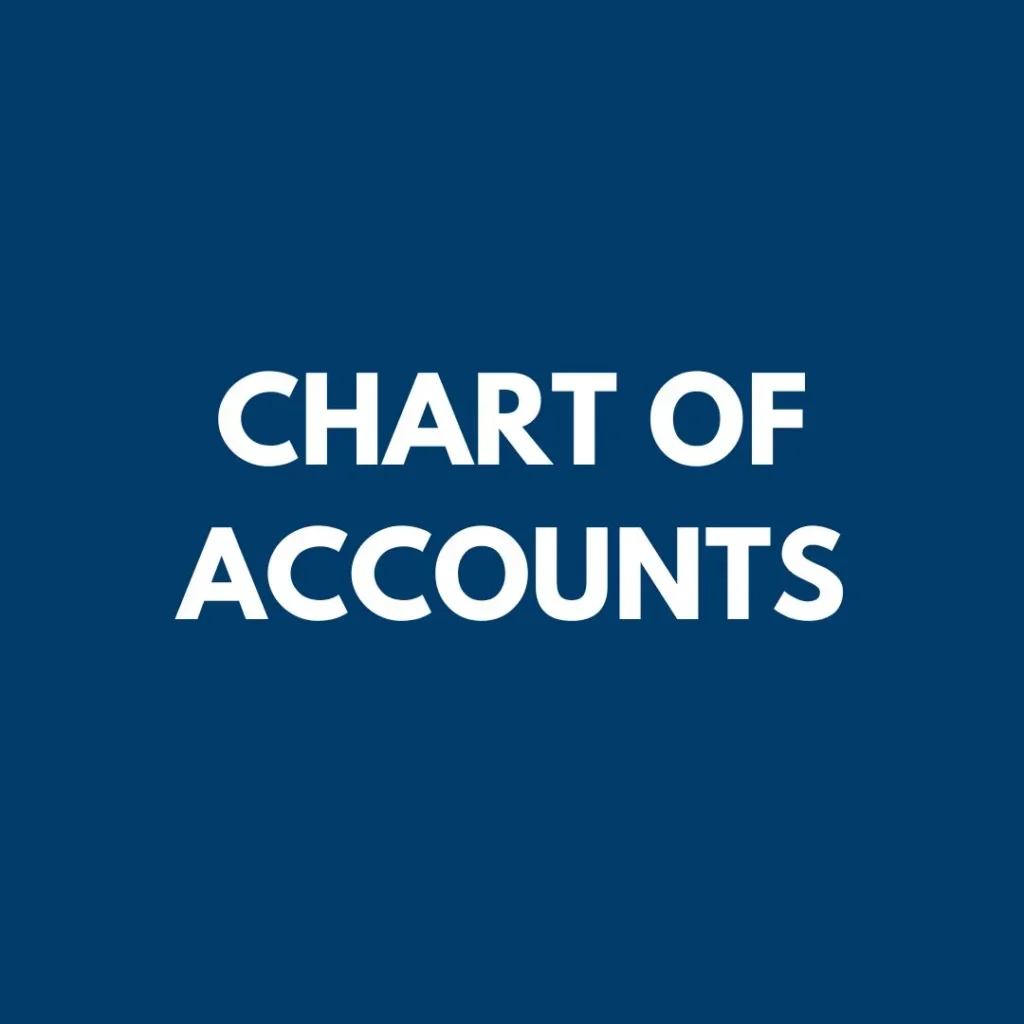
The Chart of Account is a list of accounts created by a business to be used to organize its financial transactions into identified categories of assets, liabilities, income, and expenses.
Unique coding and arrangement
The Chart of AccountEach general ledger account is identified by a unique code and heading. This allows a business to generate instructions and policies to be followed by those members of staff responsible for recording information.
The list is normally organized such that the statement of financial position general ledger accounts come first, followed by the statement of comprehensive income general ledger accounts, in the order that accounts are typically shown in financial statements. The list’s layout and headings aim to produce consistent transaction posting.
Design and future changes
A company might have complete freedom in designing its chart of accounts (within the boundaries set by the rules of accounting). In certain countries, the government can issue a standardized chart of accounts from which a company can choose the codes that best suit its needs.
To keep vigilant control over the accounting framework of the organization, no accounting personnel is allowed to make amendments (including opening a new head of account) in the chart of accounts unless specific written approval thereof is duly sanctioned by the head of the finance function.
The objective of using the chart of accounts
The chart aims to ensure that all transactions are recognized by the requirements of the business. The organization aims to maintain an appropriate chart of accounts to cater the present and future monetary transactions to come up with timely, accurate, and meaningful financial reporting. The finance personnel will use the chart of accounts as a reference and guiding tool when they post accounting entries to their respective head of accounts.
Specimen
A selection of codes may be provided for each major heading in the financial statements from which codes can be chosen for specific general ledger accounts.
| Ledger Code range | |
| Non-current assets | 100–199 |
| Land | 110-119 |
| Office buildings | 120-129 |
| Warehouses | 130-139 |
| Factories | 140-149 |
| Motor vehicles | 150-159 |
| Current assets | 200 – 299 |
| Inventory | 210-219 |
| Receivable | 220-269 |
| Cash | 270-279 |
| Non-current liabilities | 300 – 399 |
| Current liabilities | 400 – 499 |
| Equity | 500 – 599 |
| Income | 600 – 699 |
| Expenses | 700 – 799 |
Frequently Asked Questions
What is the chart of accounts?
An index of all the accounts in an accounting system is provided by a chart of accounts (COA). Which is a financial and organizational tool. This gives information about all of the business’s financial transactions. For each sort of asset, liability, equity, revenue, and expense, an account serves as a distinct record.
What are the 5 charts of accounts?
The general ledger of a business’s financial accounts is listed alphabetically in the CoA. The CoA contains five main account types: assets, liabilities, equity, income, and expenses.
What is the chart of accounts in basic accounting?
A chart of accounts is a list of all of your business’s “accounts,” gathered in one place. It gives you a bird’s-eye view of every part of your business that incurs expenses or generates revenue. Revenue, Expenses, Assets, Liabilities, and Equity are the primary account kinds.
Why is the chart of accounts important?
It enables you to categorize all of the transactions your company carried out over a certain period into separate groups. A chart of accounts gives you insight into the efficiency of various parts of your organization by segmenting your revenue, liabilities, assets, and business expenses.
